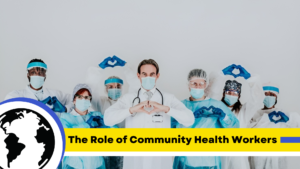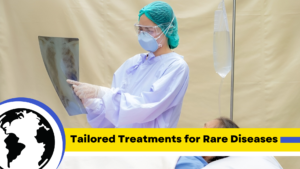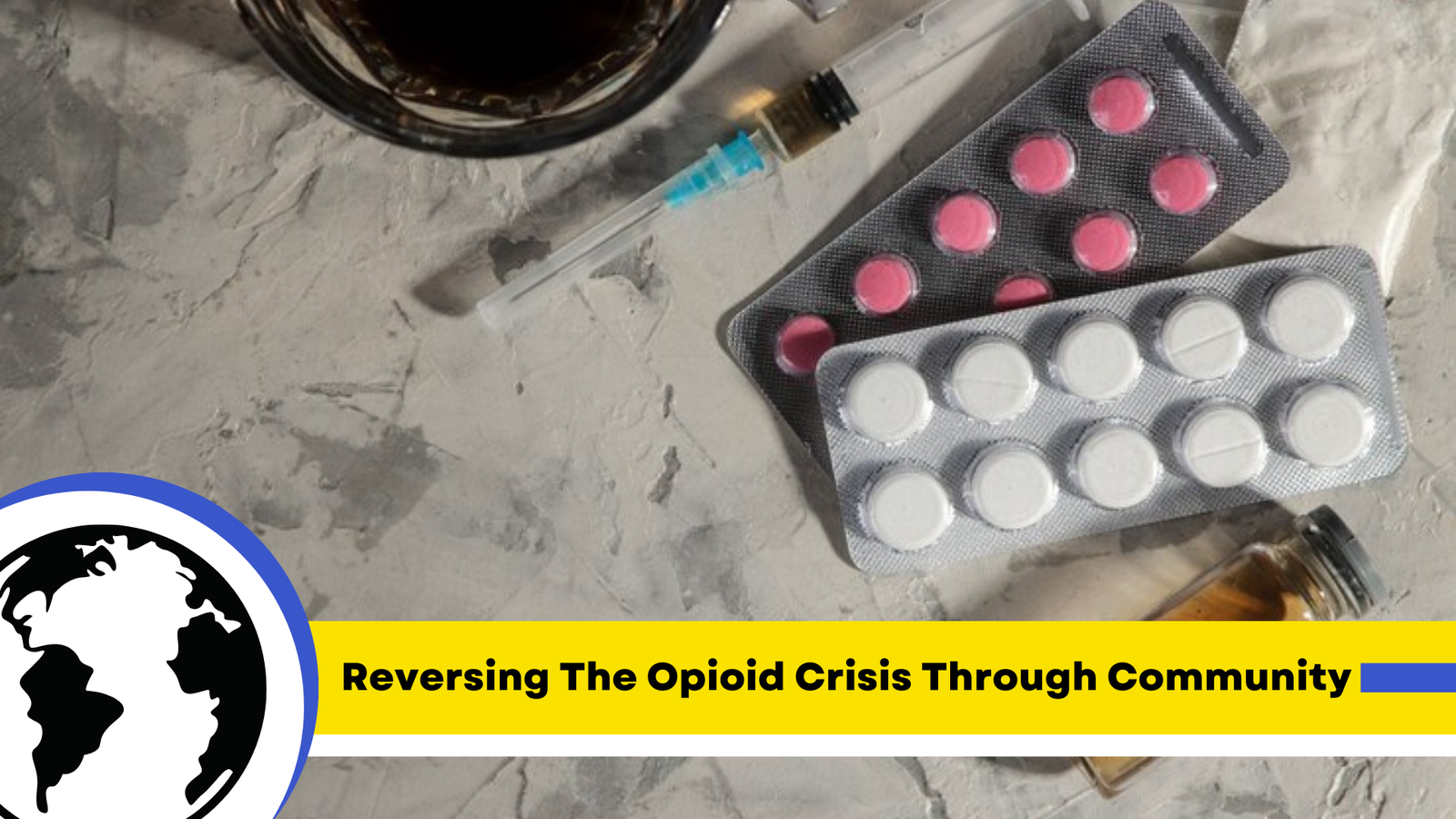
Reversing The Opioid Crisis Through Community. Opioids are now one of the world’s worst problems of the third millennium, which affects millions of people and their families. This article looks into these homegrown solutions detailing successes and continued efforts to make further inroads in grappling with opioid addiction, reclaiming lost lives, and bringing an end to the scourge.
Opioid abuse has negatively impacted people’s lives in many households, and societies, around the globe. Impact of this epidemic is staggering having affected millions of people and claiming numerous lives through addiction and overdose. Though the federal government and the various healthcare facilities have the responsibility of addressing this crisis, the fight has scaled down to the community level. Whether it is prevention and intervention services or awareness creation initiatives – local strategies are central to managing this epidemic.
Understanding the Scope of the Opioid Crisis
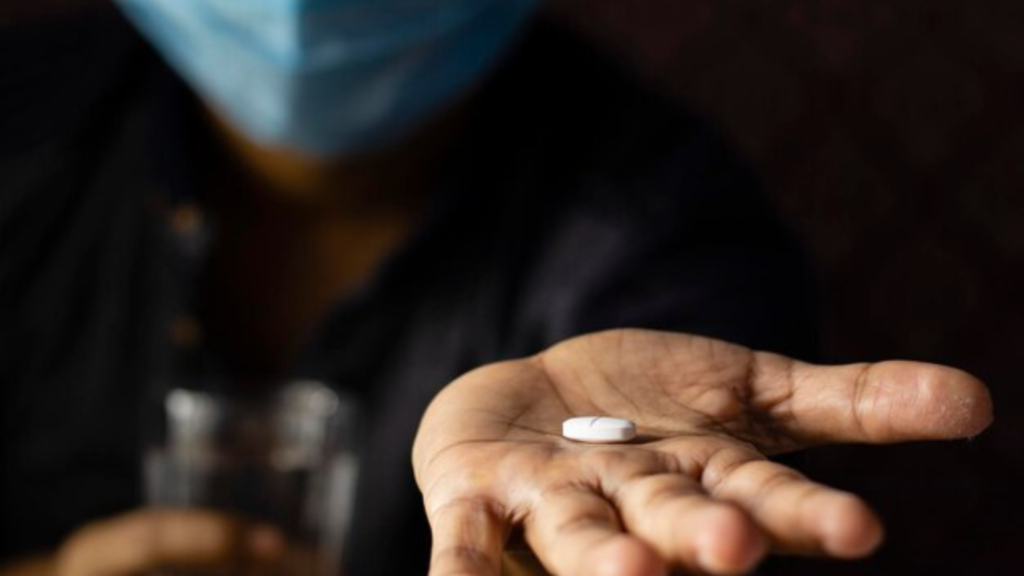
The opioid abuse has emerged as a leading threat in the society and became as one of the critical threats of the 21st century for the American people. This epidemic has been aggravated as a result of the prescription of opioids, the use of heroin and fentanyl, and insufficient access to below and recovery themselves. Thus, there are many overdose deaths, and different populations are struck by the social, economical, and psychological effects of the problem.
Although conventional approaches have helped, only the new and novel grassroots practices hold promise of being effective weapons against the tide. Voluntary organisations, local authorities or administrations and some health workers in these solutions are targeting the urgent wants and needs of the people affected while building the strategies for the recovery and prevention processes.
Community-Driven Solutions to the Opioid Crisis
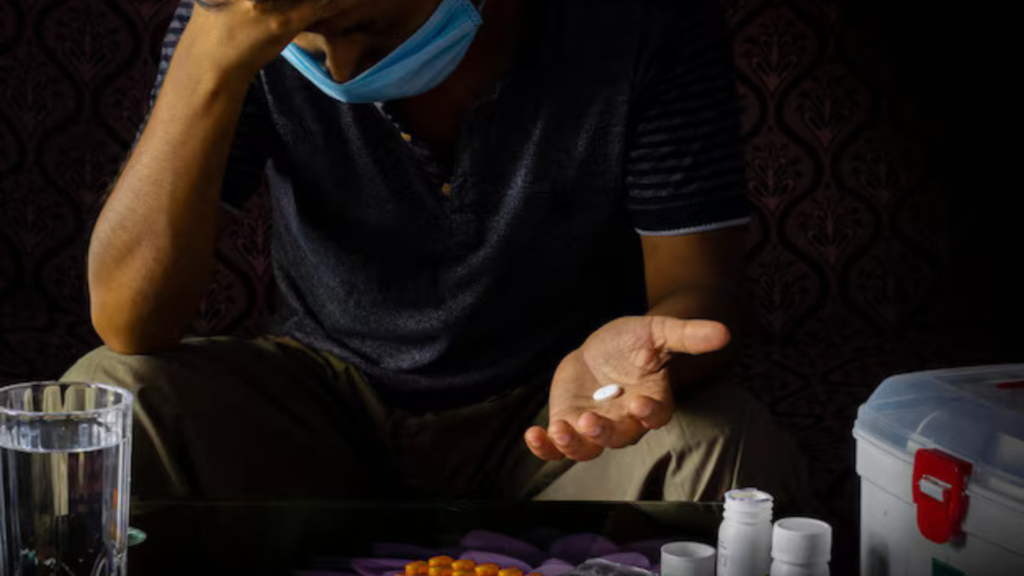
Reversing The Opioid Crisis Through Community Around the world, neighborhoods are embracing innovative and effective response approaches that address rescue, prevention, and rehabilitation. Here are some of the common and effective community-led strategies as follows.
1. Harm Reduction Programs
They can prevent deaths, cut risks to health and enhance opportunities for people to access treatment for substance use disorders.
- Needle Exchange Programs: Through organisations, people can exchange dirty needles with the new ones helping minimize the spread of HIV and hepatitis.
- Naloxone Distribution: Naloxone is an opioid overdose reversal drug that is available to many communities to the high-risk populations, first responders, and rehabilitation patients.
2. This is a sub-element under the element Public Health Promotion and awareness.
People who are fully aware of the side effects of opioids are the only ones who can refuse the use of the substance. Each community can prevent opioid use and addiction from happening in the first place with help from awareness campaigns.
- Community Workshops and Training: Such events teach people the symptoms of addiction, ways to help those with the disease, and ways to help prevent overdose deaths.
- Media Campaigns: People in communities have taken precautionary measures that involve putting up ads to fight stigma and encourage individuals to seek treatment for addiction through media such as social media apps.
3. Increased availability option of treatment and recovery programs
Client who suffers from opioid dependency need to have proper and appropriate treatment for them to secure permanent sobriety.
- Medication-Assisted Treatment (MAT): MAT employ the use of medications such as methadone, buprenorphine respectively in combination with counselling and therapy regarding opioid dependency.
- Community Recovery Centers: As the mentioned, many communities have established recovery centers focusing on detoxification, counselling, work placement and support as well as peer group.
- Support Networks: Some local organizations are offering support groups that would group individuals in recovery as a way of watching on one another to ensure they remain sober.
4. Policy Advocacy, and Community Mobilisations.
The other community interventions also pertain to promotional endeavors aimed at preventing the opioid problem from happening and the pursuit of organizational reforms at the community, state, or even national level.
- Advocating for Prescription Monitoring: Some of the communities have advocated for enhanced prescription monitoring systems that track opioid prescriptions and restrict doctor’s prescription privilege on the same.
- Increasing Funding for Prevention Programs: Today local associations are also struggling to get more funds for programs that deal with opioid prevention or education, or for treatment services.
The Role of Technology in Fighting the Opioid Crisis
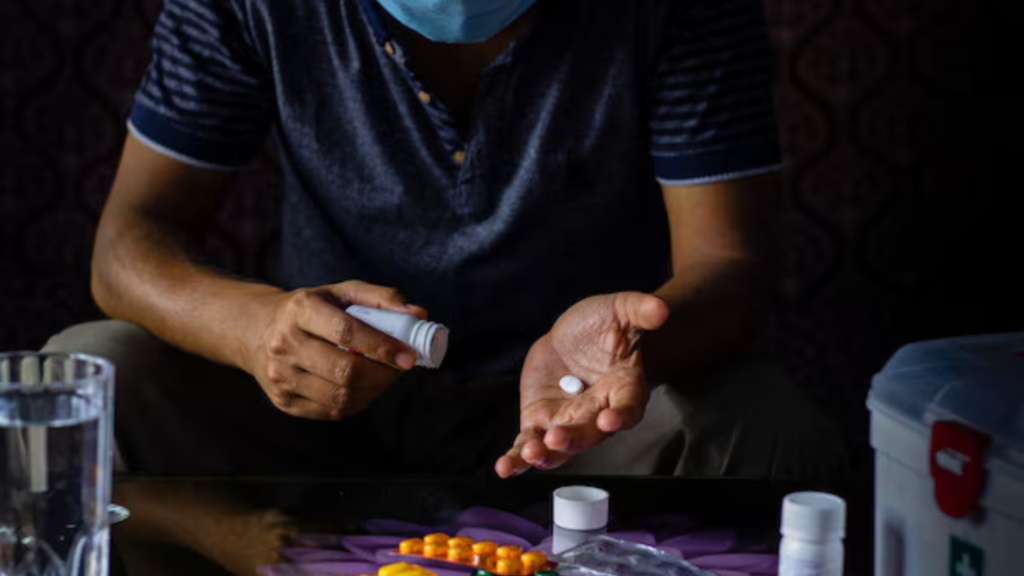
This paper identifies how technology enhances the application of opioid crisis interventions by enhancing the interventions’ capacity for personal and mass usage. Such innovations are filling gaps for care, enhancing ways of providing real-time care and timely provision of relevant support to addicts in such places. Looking at these technologies in the future, it means that there are great chances to improve treatment’s effectiveness, prevent the fatalities related to opioids, and help people on their way to become free of addiction.
Reversing The Opioid Crisis Through Community Technology is also making it more conscious and timely to bring in the change through data analytics, Artificial and mobile application. For instance, such systems can forecast patients with a potential to overdose before the unfortunate event happens again. Consequently mobile applications are forming virtual support groups to share stories, encouragement messages and timely and Dos of medications and sessions with the counselor.
Conclusion
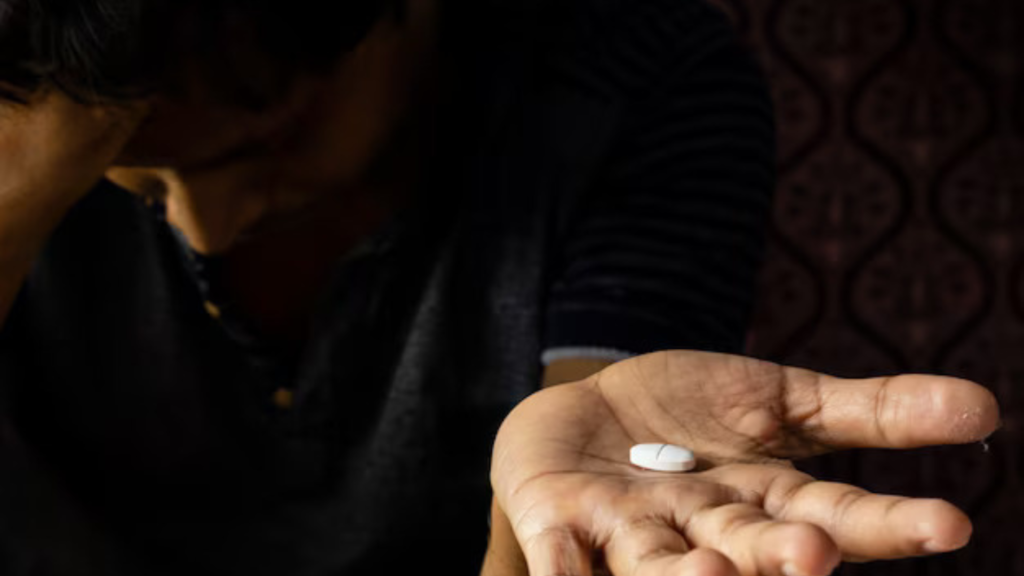
The war against opioid drugs has therefore to be fought by people, organizations and states in the various states and countries. More work still needs to be done, but the projects showcased by CDSP show that citizens can use local power to make a difference. Using harm reduction strategies, providing information on opioids, accessing treatment, and changing public policies, the communities are not just turning the tide of the opioid crisis; they are saving people.
With these grass root movements still ongoing it opens up the path for long term solutions that could type cast from other regions. Thus, supporting people and local organizations acting in society will contribute to building its healthy basis and helping those who became the opioid victims. Future research and development work will provide more light on the substance use disorders and their treatment thus enabling us modify the approach we are taking in a bid to achieve the greater goal of helping as many people as possible overcome the addiction to opioids.
Read More: The Impact of Climate Change
